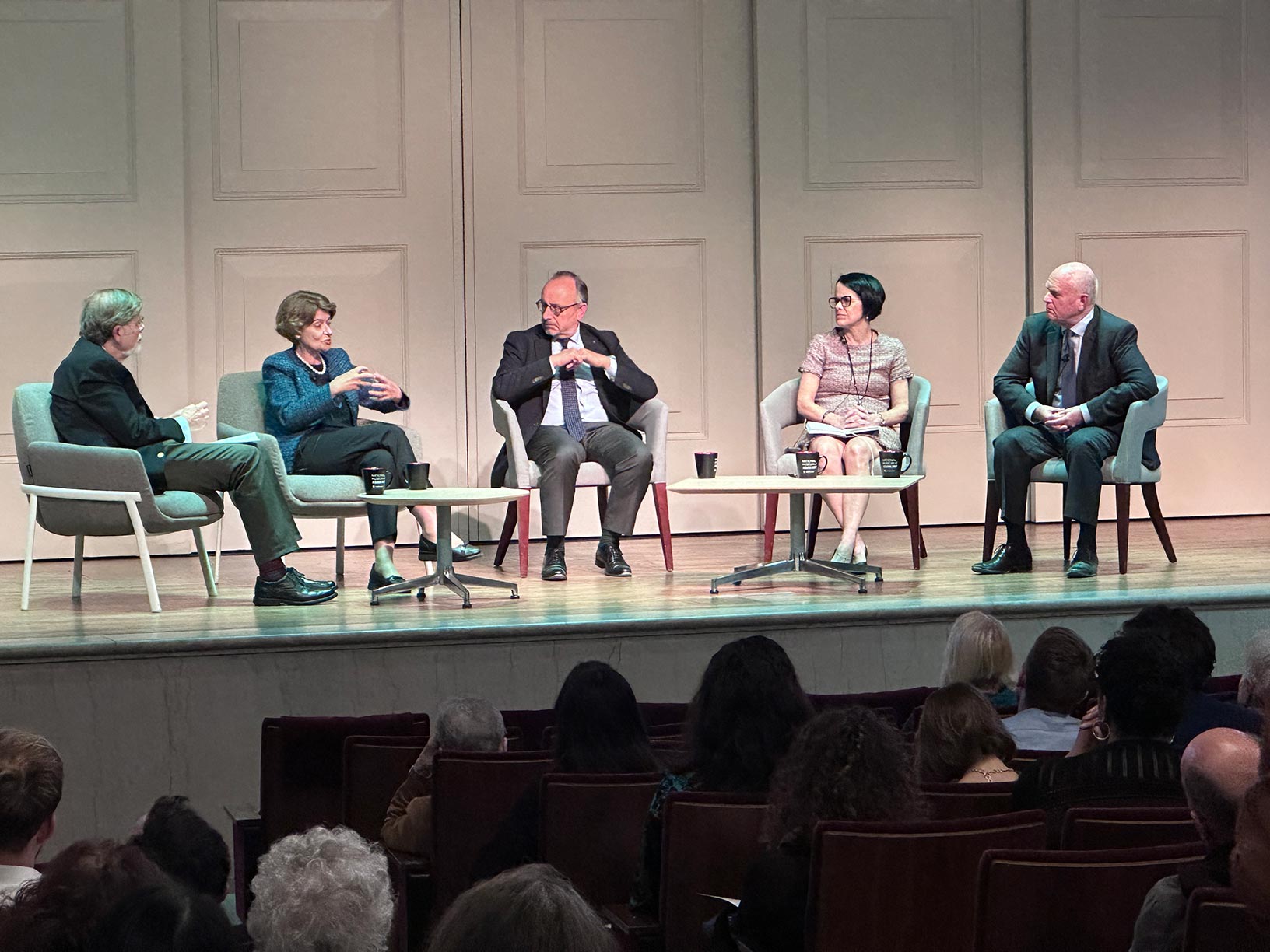Protecting Culture in Crisis

May 30, 2024 | Chris Begley, Senior Advisor to the Director and Ella Weiner, Research Assistant for Global Affairs
A powerful expression of our humanity, cultural heritage refers to many of the things you’ll find at our museum—art, texts, religious objects, tools, and more—as well as to the less tangible customs, rituals, and practices of any group of people. In recent decades, we have witnessed increased examples of the tragic and dramatic destruction of cultural heritage amid political or military violence and armed conflict—often with the explicit purpose of erasing a people and their history.
Many organizations, including the Smithsonian, have mandates to protect cultural heritage. Yet in 2021, our museum was unable to help protect objects and professionals at the National Museum of Afghanistan in advance of the Taliban’s takeover. Because of this thwarted effort, the museum’s director, Chase Robinson, identified the need for a more systematic and coordinated approach to cultural crises with humanitarian dimensions. To understand the underlying issues, we undertook a two-year research project generously funded by the Carnegie Corporation of New York.
We designed a qualitative field study focused primarily on US organizations working internationally to protect cultural heritage. In this study, we conducted in-depth research interviews with nearly sixty practitioners and experts. The research focused on (1) understanding the challenges to preserving tangible cultural heritage and its stewards in conflict zones, and (2) proposing steps that would improve the field’s effectiveness.

Our research was led by Thomas G. Weiss, Presidential Professor Emeritus of political science at The Graduate Center, The City University of New York (CUNY). This work extends and was greatly informed by his recent Getty publication Cultural Heritage and Mass Atrocities, jointly edited with James Cuno, which is now an essential resource for the field.
Our research findings are reflected in a recently released report titled Protecting International Cultural Heritage and Personnel under Siege: Problems and Prospects for US Organizations. The report catalogues the most salient challenges and opportunities in the cultural heritage field and provides actionable recommendations, including the following:
- Shift policies to incorporate heritage into humanitarian responses
- Increase support of refugee heritage professionals, such as expanding and extending placement opportunities at universities and museums
- Create a volunteer network of museums, universities, and government and nongovernmental agencies with established protocols and clear communications
- Establish centers of excellence for research and data collection
- Increase collaboration with local communities
- Increase skill building for heritage professionals before crises occur
The report is now available on our website.
The museum recently hosted a public event to launch the report. At the event, a distinguished panel of experts discussed the linked political, economic, humanitarian, philanthropic, military, and administrative challenges of protecting our shared cultural heritage. The participants confronted challenging questions about climate change, working with local communities, and why the humanitarian sector should care about cultural heritage destruction. Watch the event recording on our YouTube channel.

We also hosted a workshop with more than twenty-five experts in the cultural heritage field to discuss the report’s findings and potential next steps. This interdisciplinary group included participants from organizations such as the World Monuments Fund, the International Committee of the Red Cross, the Smithsonian Institution, the Antiquities Coalition, the International Alliance for the Protection of Heritage in Conflict Areas (ALIPH), the US Committee of the Blue Shield, the University of Chicago, the University of Pennsylvania, Harvard University, the US Department of State, and the US Department of Defense.
The group focused on key priorities, including advocacy, establishing a center of excellence, conducting research, and building capacity with a greater emphasis on prevention. Nonetheless, a consensus emerged about the highest priority for the field: working with other sectors. Integrating cultural heritage into policies for environmental, humanitarian, and economic sustainability, for example, acknowledges that culture is a crucial element to life. We agreed that joint meetings with experts in these fields is an important next step.
We look forward to continuing this critical work in cultural heritage protection, which builds upon the long history of the Smithsonian’s work in the preservation and care of culture. We will continue to share updates on this topic on our website and through public events.

